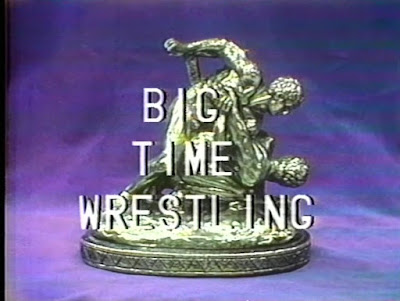 |
| December 1934 Fresh Air School Christmas assembly. Richard Streicher Jr. is in first row marked with an X and Paul Woodside is in the second row behind him. Richard had only ten weeks to live. |
On March 7, 1935--the day seven-year-old Richard Streicher Jr. went missing--his friend Paul Woodside walked home from school with him. Both boys were enrolled in a special education program called the Fresh Air School at Welsh Hall on the campus of the Michigan State Normal College (now Eastern Michigan University) in Ypsilanti.
The History of Special Education at Eastern Michigan University mentions the program as for "children of low vitality." These students had various health or orthopedic conditions which were accommodated in this setting. Woodside suggested in an April 23, 2007 interview with Ypsilanti Historical Society docents George Ridenour and Lyle McDermott that he thought Richie Streicher may have had a heart or blood-pressure problem or perhaps he was hyperactive.
Woodside recounted how he was awakened by his parents the day after his friend's body was found frozen under the Frog Island Bridge. The Ypsilanti Police wanted to interview him, but he knew nothing about Richie's disappearance.
Paul said he liked going to Richie's apartment to play with his toys--many of which he and other kids couldn't afford during lean Depression times. Paul remembered Richie's grandparents giving their grandson a pedal-powered motor car but couldn't recollect anything about Richie's parents.
Eighty-year-old Woodside said he thinks of Richie often. "I sometimes wish I could go to bed at night and dream what happened and see who did this. Why would someone do this to a seven-year-old kid? Especially so close to his house. Did Richie see something he shouldn't have seen? How could someone kill him on such a busy, well-lighted street?"
These questions have haunted Paul Woodside for over seven decades. After the original news reports of the crime, Woodside said he never heard anything else about the murder. He was unaware that Richie's body was exhumed ten months after his death and that Richie was reburied in an unmarked grave in Highland Cemetery.
While signing copies of The Richard Streicher Jr. Murder: Ypsilanti's Depot Town Mystery at the Ypsilanti Historical Museum on July 12, 2018, I was about to leave when ninety-one-year-old Paul Woodside walked through the door. He rushed over from an appointment in Ann Arbor and was afraid he would miss the book signing. I was fortunate my signing went past four o'clock, so I didn't miss meeting and speaking with Paul. He was interested in my true crime treatment of what happened to his friend eighty-three years before.
Paul is the only person I have interviewed who actually knew Richie Streicher. I asked him what Richie was like.
 |
| Paul Woodside and I at the Ypsilanti Historical Society Archives--July 12, 2018. |
"(Richie) was a very friendly, likeable kid who was well-behaved and somewhat shy, but he enjoyed school life and playing with friends, and he was smart."
"Did he ever talk about his mom and dad with you?"
"No, we were just kids who liked playing together and didn't talk about adults."
Then the conversation turned to Paul Woodside's family roots in the Ypsilanti area which stretch back at least five generations. If you grew up in Ypsi, you probably know a Woodside or two.
For locals, copies of the Streicher book are available at the Ypsilanti Historical Society on 220 North Huron Street in their basement archives. All proceeds go to the society.
A paperback edition and all five ebook formats are available at http://www.amazon.com/Gregory-A.-Fournier/e/B00BDNEG1C























